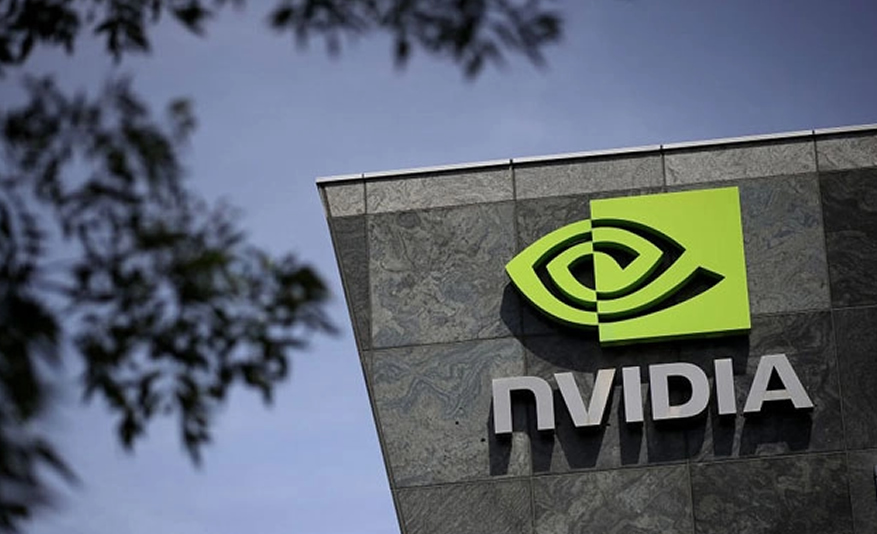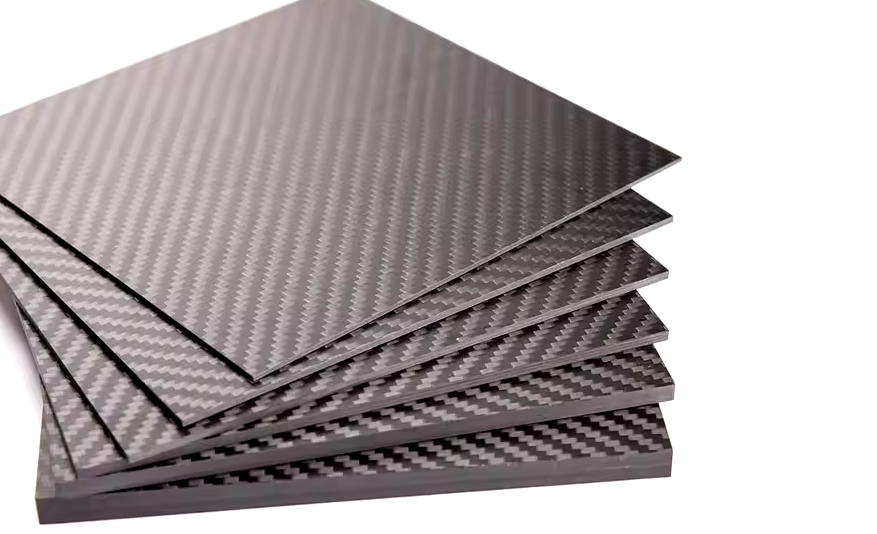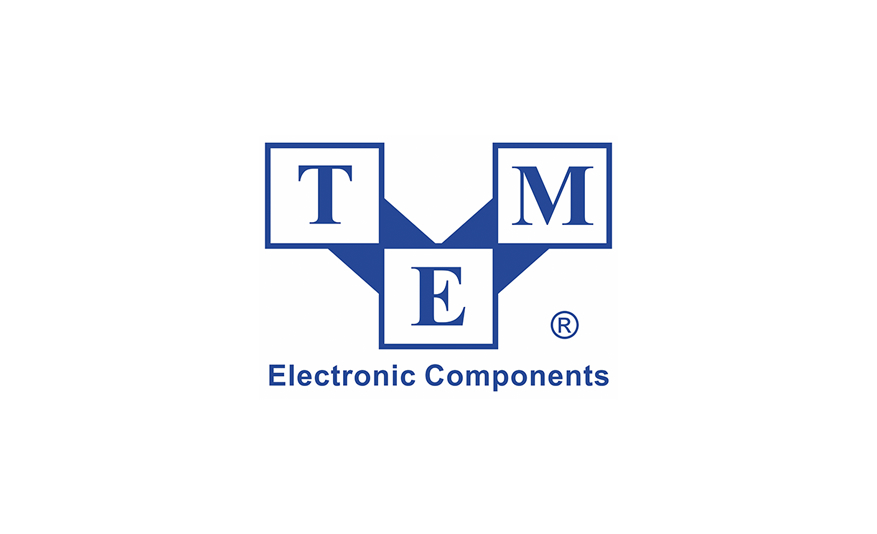The US chip maker has just unveiled the newest addition to its home and enterprise networking line-up – the Networking Pro A7 Elite.

This one comes with an AI co-processor capable of 40 TOPS (Tera operations per second) of NPU processing power. TOPS has become a handy way to compare on-device AI chip performance, and as with most things, the bigger the number, the better the chip.
At 40 TOPS, Qualcomm's new wifi platform is up there with the most powerful NPUs currently on the market. The latest PC NPUs on offer from AMD and Intel can achieve 33 and 34 TOPS respectively, while Apple's latest M4 chip comes with 38 TOPS of NPU power.
Interestingly, Qualcomm's own Snapdragon X Elite PC chip allegedly offers 45 TOPS – more than its new Networking Pro A7 Elite. Both the Snapdragon and the Networking Pro A7 use Qualcomm's Hexagon NPU for on-device AI, so it's not clear why one has a bigger TOPS number than the other.
Telecoms.com has reached out to Qualcomm and will update this story if and when it hears back.
Without getting bogged down any further in TOPS, it's probably best to move onto what this launch means for local area networking.
Qualcomm says its new platform is all about putting AI processing at the edge of the network. This has benefits not just for local area network (LAN) performance, but also offers a means of developing new edge-based AI applications thanks to its integration with Qualcomm's developer platform, the Qualcomm AI Hub.
This can unlock edge-based AI use cases in areas such as security and surveillance, energy management and automation, personalised virtual assistants, and ageing-in-place and health monitoring, among others, said Qualcomm. Furthermore, the ability to run AI workloads at the edge reduces latency, and is also likely to appeal to customers that are concerned about data privacy and sovereignty.
On top of all that, the Networking Pro A7 Elite is also blisteringly fast, with support for the latest Wi-Fi 7 standard, and speeds of up to 33 Gbps. It also comes with integrated support for 10G fibre, 5G, Ethernet, RF-front end modules, and RF filters.
"This class of gateways and routers brings transformative AI processing capabilities to not only manage the modern demands of the most dynamic Wi-Fi 7 networks, but also give rise to a new generation of generative AI-powered services that can be more seamless, responsive, personalised, and privacy-rich," Ganesh Swaminathan, Qualcomm's vice president and general manager of wireless infrastructure and networking.
Qualcomm is launching this new product into a market that is showing faint signs of recovery.
Last month, IDC revealed that enterprise wireless LAN (WLAN) revenues totalled $2.3 billion in the second quarter. While that represents a 22.8% year-on-year decline, that was to be expected due to the easing of supply chain issues in the prior year, and that sequentially revenues were up a healthy 12.4%.
IDC attributed the performance to the growing adoption of newer wifi standards, including Wi-Fi 6E as well as Wi-Fi 7. It also cited AI and cloud-based WLAN management as contributing factors.
This healthy appetite for the latest wifi tech bodes well for Qualcomm's new platform.
"It is exciting to see Wi-Fi gateways, like the Qualcomm Networking Pro A7 Elite platform, evolving into AI edge platforms. This transformation bridges the gap between cloud AI and on-device AI, paving the way for a new stage of innovation in smart home devices, their user interfaces, integration, and applications," said IDC research director Phil Solis. "This evolution also opens up new business models for service providers, marking a significant milestone in the advancement of home networking technology."














































